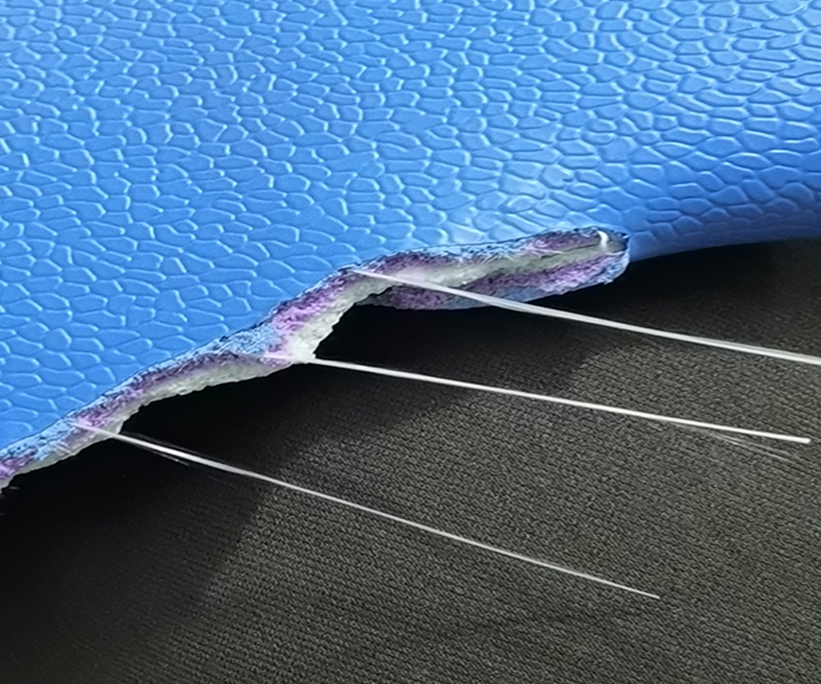PickleBall Court Flooring: What Are The Options?
Mar. 09, 2024
Pickleball, a rapidly growing sport that combines elements of tennis, badminton, and table tennis, has gained popularity worldwide. As the sport continues to attract enthusiasts of all ages, the need for proper court facilities becomes essential.
Outdoor Court Surfaces:
Asphalt: Asphalt is a commonly used outdoor surface for pickleball courts due to its durability and affordability. While asphalt provides a stable playing surface, it may require regular maintenance to prevent cracks and deterioration caused by weather and wear.
Concrete: Concrete is another popular choice for outdoor pickleball courts, offering durability and low maintenance requirements. Concrete surfaces can be painted or coated with specialized materials to improve traction and reduce glare, enhancing the playing experience for participants.
Indoor Court Surfaces:
Hardwood: Hardwood flooring provides a smooth and consistent playing surface ideal for indoor pickleball courts. Hardwood courts offer excellent ball bounce and traction, allowing players to move quickly and make precise shots. However, hardwood floors may require regular refinishing to maintain their appearance and performance.
Synthetic Flooring: Synthetic flooring options, such as polypropylene tiles or vinyl surfaces, offer a cost-effective and versatile solution for indoor pickleball courts. These surfaces are durable, easy to clean, and can be customized with various colors and line markings to meet specific court requirements.
Cushioned Court Surfaces:
Rubber: Rubberized court surfaces provide shock absorption and cushioning, reducing the risk of impact-related injuries and fatigue during play. Rubber flooring is often used in multi-purpose sports facilities or recreation centers where pickleball courts share space with other activities.
Polyurethane: Polyurethane-based court surfaces offer a combination of cushioning, durability, and performance ideal for pickleball courts. These seamless, non-porous surfaces provide excellent traction and ball bounce, enhancing player comfort and safety.
Considerations for Choosing Pickleball Court Flooring:
Player Safety: Select flooring materials that offer adequate shock absorption and slip resistance to minimize the risk of injuries during play.
Performance: Choose court surfaces that provide consistent ball bounce, traction, and playing characteristics suitable for pickleball gameplay.
Maintenance Requirements: Consider the long-term maintenance needs of different flooring options, including cleaning, repair, and refinishing.
Budget: Evaluate the cost of installation, maintenance, and repair for each flooring option to ensure it aligns with your budget and facility requirements.
Pickleball court flooring plays a critical role in providing a safe, enjoyable, and competitive playing environment for participants. Whether building new courts or renovating existing facilities, choosing the right flooring option is essential for optimizing performance, durability, and player satisfaction. By exploring the various options available, considering factors such as surface type, indoor or outdoor location, and budget constraints, facility owners and organizers can make informed decisions that meet the needs of their pickleball community and promote the growth of the sport.
188
0
0


Comments
All Comments (0)